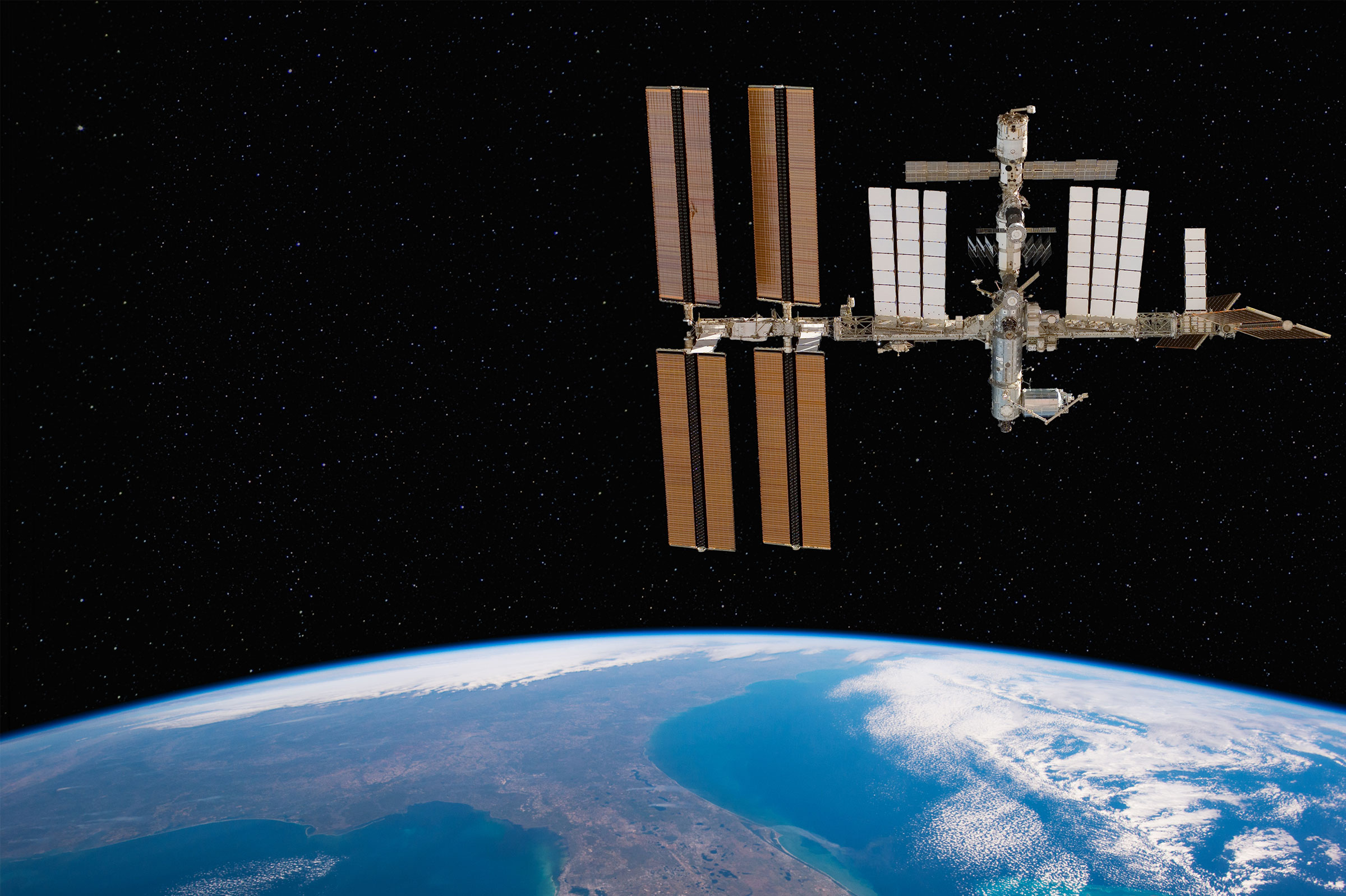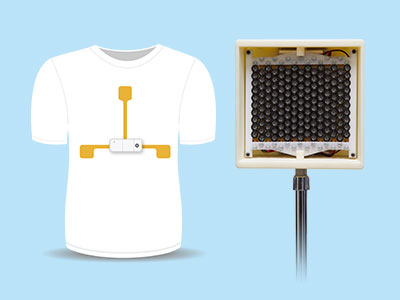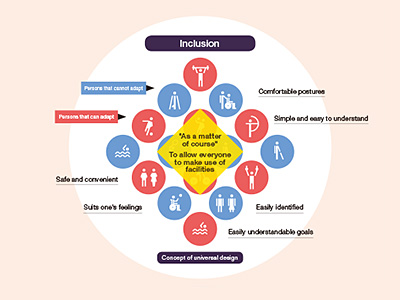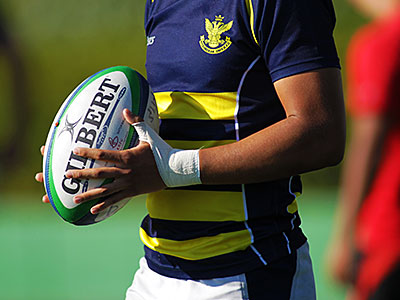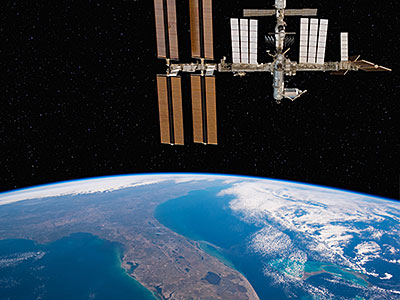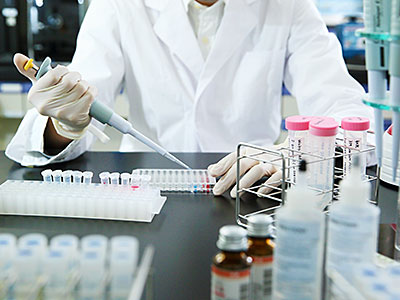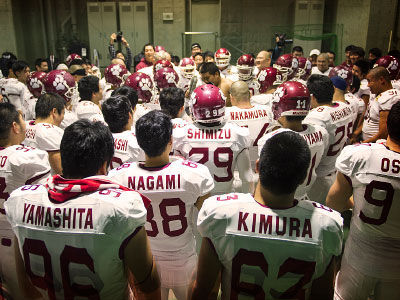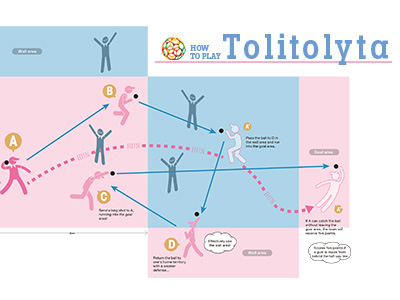STORY #5
Taking advantage of
"Outer Space" in "Sports"
Nobuaki Minato
Associate Professor, Graduate School of Technology Management
Achievements in the development of space technology are widespread, resulting in unimaginable applications.
Out of pure curiosity about the unknown and more with the purpose of pursuing the possibilities of space for the prosperity of humankind and the development of civilization, humans have been reaching toward space. In particular, the global development of space technology in and after the second half of the 20th century has made progress at an astonishing speed, with many technological developments being made. The development of space technology, with huge amounts of capital involved all across the country, is expanding its range to various fields on Earth, not just in space.
After being involved in the International Space Station (ISS) and other development projects for space technologies at the National Space Development Agency of Japan (NASDA) and at the Japan Aerospace Exploration Agency (JAXA), Nobuaki Minato went to France to learn more about cutting-edge aerospace management taking place around the world. Currently, as a university researcher, he focuses on technological marketing studies so as to analyze the future potential of cutting-edge science and technology beyond the domains of aerospace.
“MOT, or the Management of Technology, is considered essential for companies with technological strengths, and it originated from the development of space technology," Minato explains. It actually dates back to the U.S. Apollo program in the 1960s. To make this unprecedented gigantic project of sending a man to the moon a success, it was necessary to unite all knowledge across all fields of technology and the required integrated management covering everything from basic research to technological development, production, and operation. "The foundation of management is said to be people, things, and money, and at that time, a viewpoint of 'managing technology' became necessary for the first time," says Minato, explaining the origin of MOT. Since that time, MOT has been utilized in the R&D strategies of private companies, has made great achievements, and has been systematized into academic fields. When discussing the development of space technology, technological achievements are just one part of it.
Training to fulfill a mission in space contributing to sports team-building
The development of space technology is a domain where teamwork is essential. The subject systems are large in scale and very complicated, with a high level of uncertainty. A spaceship in orbit can only be remotely controlled, and after launch, it cannot be repaired on the ground, thus systems need to be reliable, they need to incorporate redundancies, and they need to be robust. In outer space, where a return to Earth is not at all easy, even a minor error by an astronaut could be critical. Previous operational mistakes involving spacecraft were not necessarily caused by a lack of individual knowledge or skill but often due to the way of working as a team. A team where members cannot point out a leader's mistake is not likely to accomplish safe and secure operations. In other words, even if individual abilities are of a high level, it doesn't always mean that total performance can be maximized as a team. For this reason, in the development of space technology, every situation possible has been assumed, where design technology as a system to withstand things and management methods as a team have been accumulated. Such technologies and know-how are then used in many ways and applied to various fields of business on Earth. Sports are no exception, and one of them is "application for training."
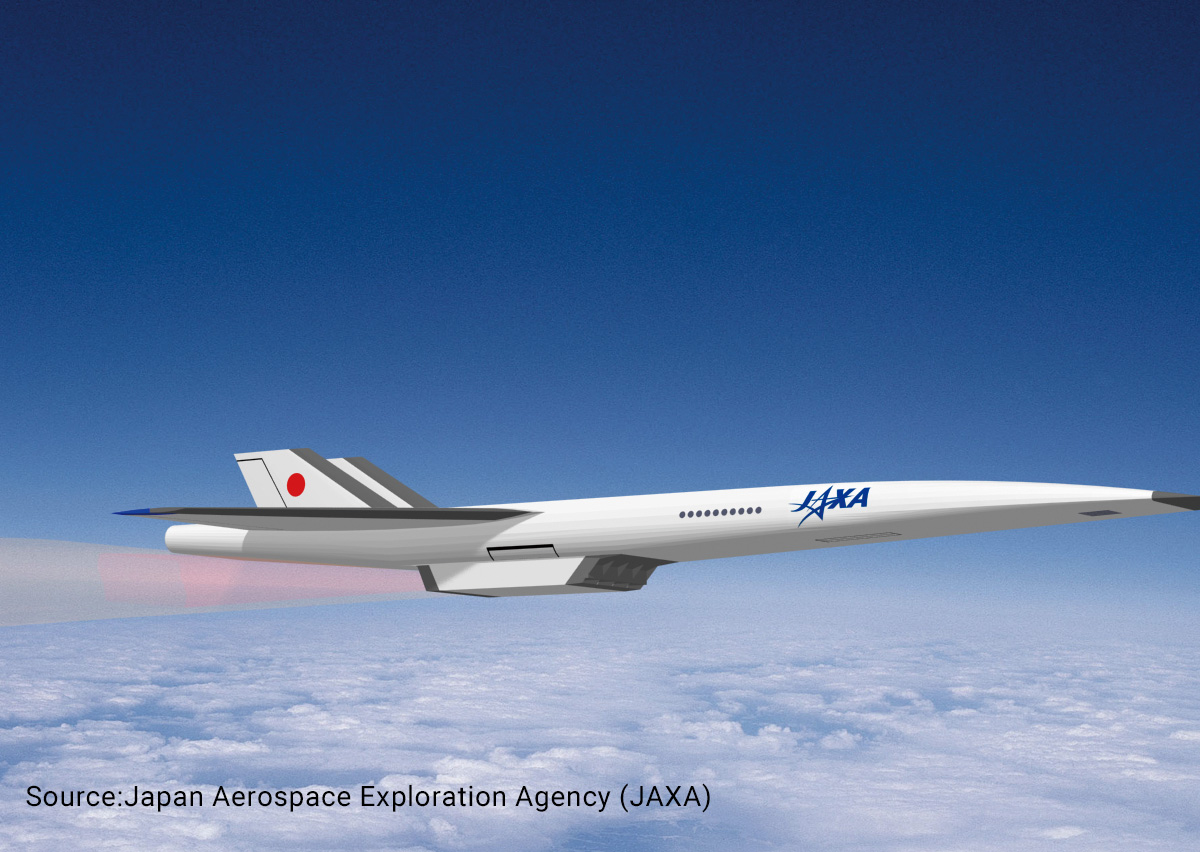
One of the research projects that Minato is tackling is the development of a hypersonic aircraft. This involves an aircraft of the future that flies at a speed around five times the speed of sound (Mach). It can fly from Japan to the U.S., currently taking more than 10 hours, in about two hours. To realize such an innovative system, basic research and element technology development are not sufficient. Research from technology management is essential, such as securing a vast amount of development funds, project management over many years, design and assessment of business models that can withstand competition in the marketplace, and strategic partnerships with international cooperative partners.
A mission in outer space is achieved by not only the astronauts but as a team, including the people providing support on the ground. For this very reason, astronaut training includes Space Flight Resource Management (SFRM). This is a course for learning how to work as a team to achieve a mission, making decisions as a team, and ultimately making the team function properly. During actual training, a leader and their subordinates take on the challenge of climbing a mountain in the summer and winter months while exchanging positions within the team on a daily basis. "What is emphasized is the assumption that space is an unpredictable environment and to make the team function even if an unforeseeable event occurs to the leader," says Minato, explaining the intentions of the training, which enables everyone to carry out functions necessary for the team both as a leader and as a subordinate.
"Training to identify one's role, which can change due to a certain situation, and to take action in consideration of the team would also be effective for every team sport," Minato says. "At my laboratory, we are proceeding with a study to apply this to leadership development for businesspersons."
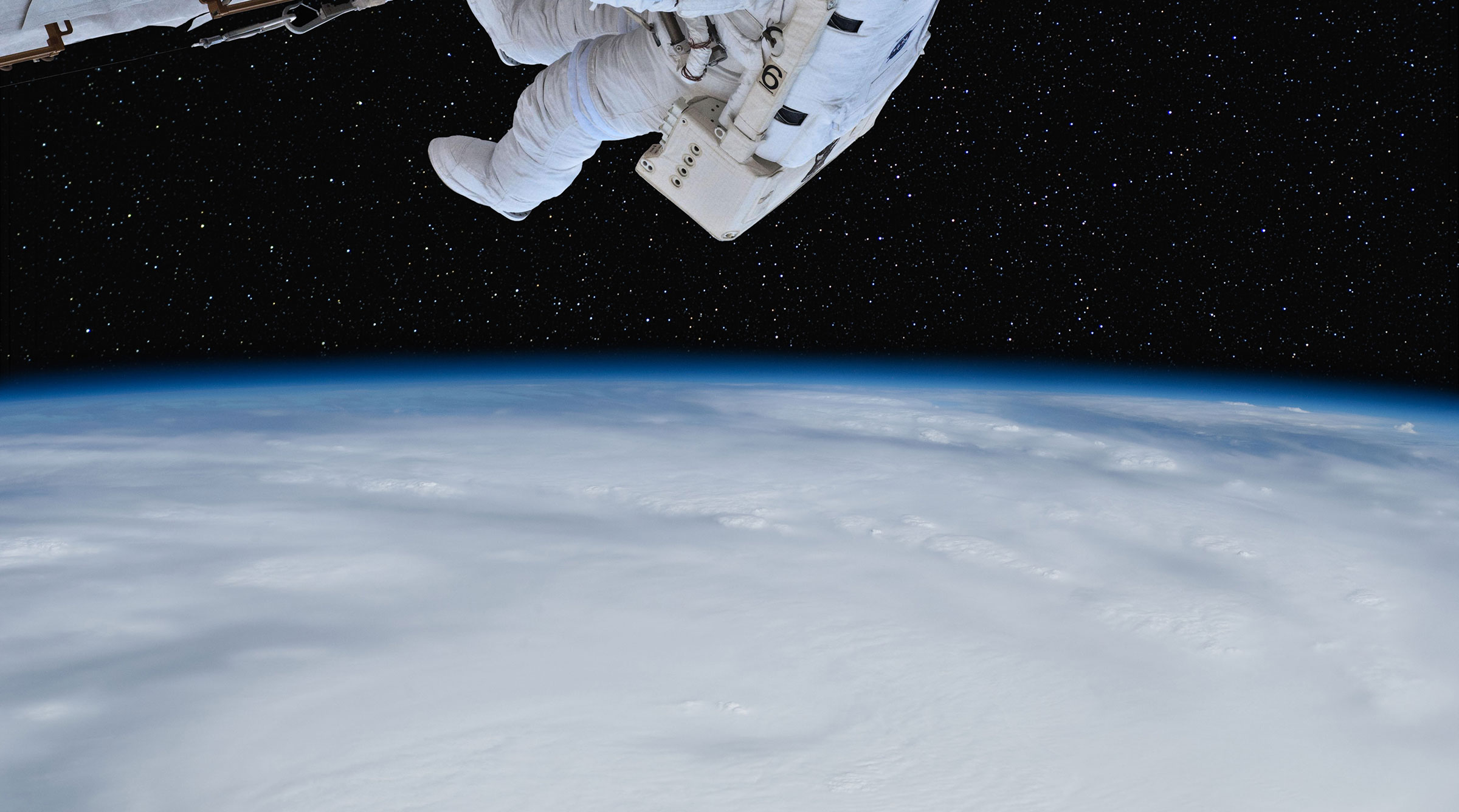
Development of new products and services using space technology
Another viewpoint is to take advantage of space technology for the development of sports products and services. For example, the Global Positioning System (GPS) originally developed as a military system in the U.S. is now indispensable in the tactical analysis of sports emphasizing formations, such as American football, rugby, and even soccer. Furthermore, Minato adds, "As a unique field, wing technology that was developed for collecting spaceships was later developed into a sport: hang gliding." Also, in an environment with microgravity, the skin on the soles of the feet of astronauts deteriorate because of a lack of load from not walking. In fact, there is an example where to maintain the strength of the skin of astronauts' soles, a sporting goods manufacturer took the bold decision to develop "Shoes that cause friction" and is now trying to apply the technology to nursing support products. This exemplifies the fact that reverse thinking generated from challenges associated with space resulted in the development of an innovative product concept.
"Space is an unknown and untrodden frontier," Minato says. "That is why the development of space technology gives birth to multitudes of ideas for devising and realizing innovative concepts and management power, which in turn offers lots of opportunities for applications to other fields. Our goal is to design a feasible and sustainable future by utilizing the knowledge obtained through the development of space technology." The results are sure to lead to further innovations that will change the future.
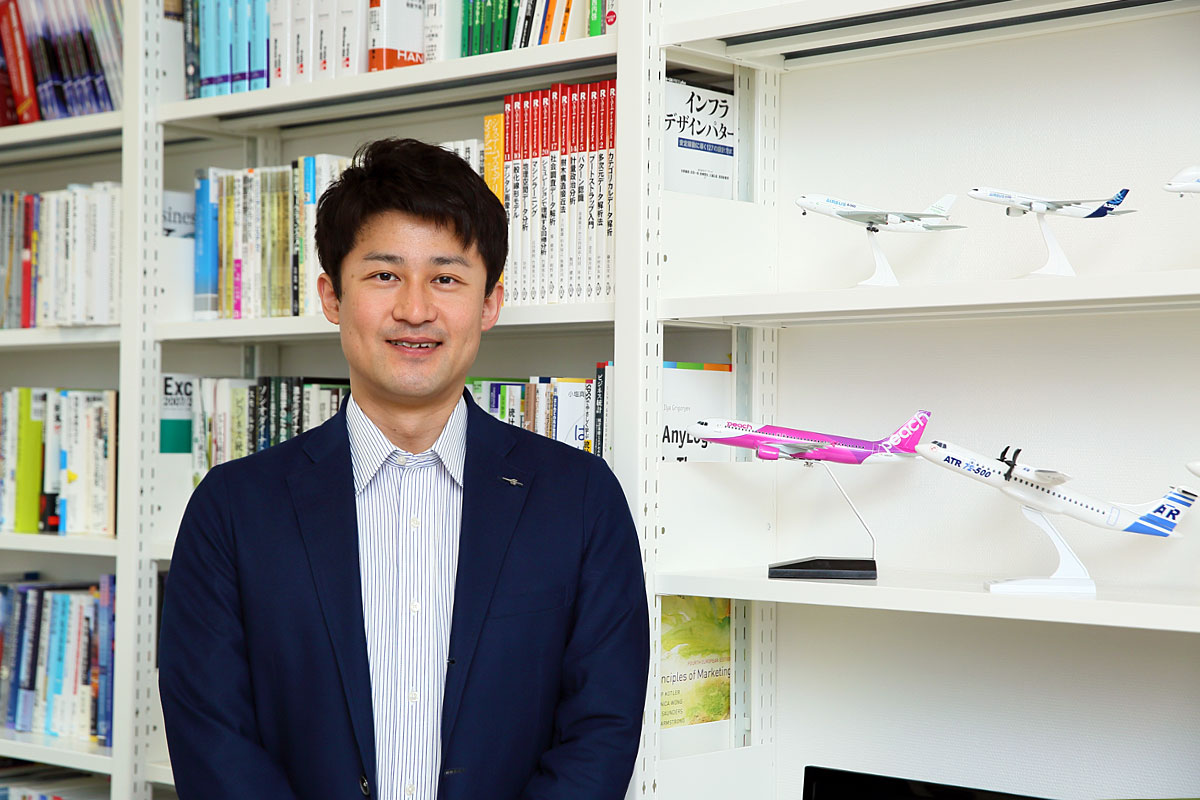
Nobuaki Minato
Associate Professor, Graduate School of Technology Management
Subject of Research: System design for new product and service development, modeling and simulation for advanced aerospace projects
Research Keywords: Technology Marketing, Product Development and Service Design, Aerospace Systems
